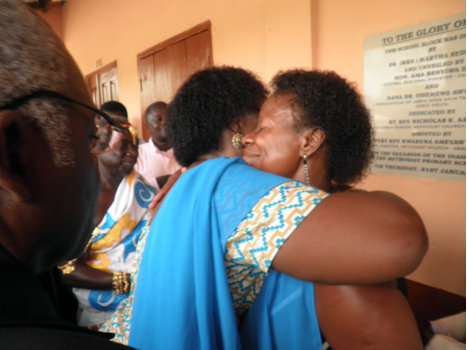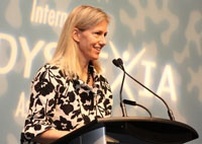|
10/21/2015 4 Comments Malaria Fighter with a Golden Heart
By Dr. Lidiya Angelova-Duleva
I heard about Dr. Martha Sedegah for the first time when I was a postdoc in a malaria research lab at the National Institutes of Health, Rockville, MD. I was inspired by her success in such a competitive area as malaria research. Dr. Sedegah is a Principal Investigator, Director of Clinical Immunology, and Director of Parasitology at the U.S. Naval Medical Research Center (NMRC) in Silver Spring, MD. Dr. Sedegah is also faculty as a mentor for the Postdoctoral Program at the Noguchi Memorial Institute for Medical Research (NMIMR), and an Adjunct Professor at the Department of Microbiology and Immunology, University of Maryland at Baltimore, School of Medicine, Baltimore MD, where she was a Research Assistant Professor. She also collaborates with Sanaria Inc., a biotech company whose only mission is to develop an effective malaria vaccine that will prevent death from this terrible disease. Dr. Sedegah’s research interest at the NMRC is focused on detecting advanced epitope-based malaria vaccines. Her work gives hope to millions of people infected with malaria every year; however, a vaccine is still not available because of the complicated parasite life cycle and its ability to gain resistance to new drugs very quickly.
4 Comments
By Gabrielle-Ann Torre When you walk into Dr. Guinevere Eden’s lab, the Center for the Study of Learning at Georgetown University, you sense warmth. Crayon drawings on the walls and stuffed animals on the couches welcome the lab’s major research participants: children. Dr. Eden, a professor in the Department of Pediatrics, is a forerunner in the field of dyslexia, participating in the first study to use fMRI to examine the neural basis of this disorder, and her lab investigates how we read and learn in development. With two children of her own, in addition to the “children” of the lab—grad students and research interns—Dr. Eden embodies a female role model in science. Keep reading for her insights on the importance of these role models and how she became one herself: 10/5/2015 1 Comment The Beauty of Science – How Dianna Cowern is Spreading the Love Through Artistic Alternatives
By Dianna Cowern
Back in 5th grade, my school held a competition to create art for the cover of the yearbook. Out of 300 students, my painting won. I liked to think that I was adequate at making pastel copies of Picasso, but I wouldn't say I was a talented artist. There was something unique about that painting though, something that has stayed with me throughout my career; it combined the beauty of science with art. The painting was of exoplanets and the cosmos. Bridging the gap between science and art is not something that I was always open to. My first passions were math and science and I tended to push away activities that were purely artistic. I tried, and dropped, hula, ceramics, ballet, sculpting, acting, and painting. Then I found iMovie, Apple’s basic video-editing software. |
SPOTLIGHTSMeet our Scientista Spotlights -- current-day women in STEM and women from science history -- and find your role model! Read opinion editorials and history pieces to get additional inspiration.
WHAT'S NEWYOU MIGHT ALSO LIKE
WHAT'S HOTCONNECT WITH USARCHIVES
June 2018
|
The Scientista Foundation, Inc. All Rights Reserved © 2011-2021 | Based in NY | [email protected]
The Network for Pre-Professional Women in Science and Engineering
The Scientista Foundation is a registered 501(c)(3) -- Donate!
The Network for Pre-Professional Women in Science and Engineering
The Scientista Foundation is a registered 501(c)(3) -- Donate!














 RSS Feed
RSS Feed